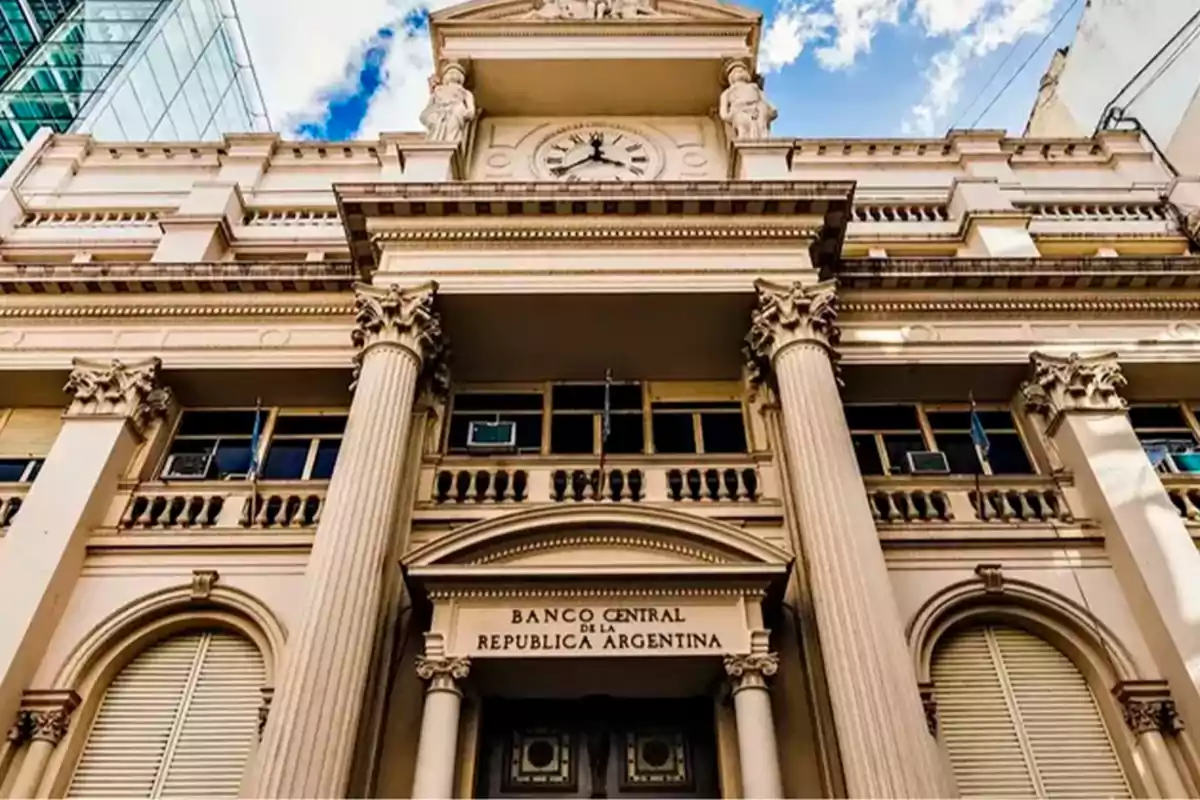
The BCRA launches a package to shield reserves and control monetary aggregates
Reserves on the rise, inflation on the decline, and a sound Central Bank set the pace for a new era of stability
Within the framework of Phase 3 of the economic program, Javier Milei's administration is making firm progress in its macroeconomic consolidation strategy. Through a series of measures announced this Monday, June 9, the Central Bank of the Argentine Republic (BCRA) and the Ministry of Economy reinforced their commitment to price stability, financial soundness, and the strengthening of international reserves.
The central focus of the official announcement combines mechanisms to strengthen the external front with instruments aimed at organizing monetary aggregates. According to economic authorities, the goal is to ensure a predictable outlook, reinforce the disinflation process, and deepen the model of fiscal and monetary balance without issuance, which is a pillar of the government project.

Exchange rate stability and declining inflation
The orderly implementation of the new exchange rate regime, together with the cleaning up of the BCRA's balance sheet, is already showing concrete results:
The exchange rate remains stable.
Interest rates in the money market have stopped climbing.
The gap between the official and financial dollar rates has been eliminated.
Inflation is on a clearly downward trajectory.
Private sector expectations remain anchored.
This context allows for the implementation of deeper measures, aimed at definitively closing the door to discretionary monetary issuance.
I. Measures regarding international reserves.
1. Treasury auctions in dollars for residents and non-residents
Starting in June 2025, the Finance Secretariat will offer public securities auctions with direct subscription in dollars. Both residents and foreign investors may participate, with no holding restrictions. The placements will have a term of more than one year and will be limited to USD 1,000 million per month. This measure expands the base of genuine financing and reduces pressure on reserves.
2. New repo placement with international banks
The BCRA confirmed the second stage of the financing program with international entities. On June 11, a new repo of up to USD 2,000 million will be placed, following the successful initial operation in December 2024 for USD 1,000 million. These types of tools, unprecedented in previous governments, strengthen reserves without monetary issuance.

II. Measures regarding the monetary regime in aggregates.
1. Repurchase of puts for Treasury securities
On June 10, the BCRA will execute a new repurchase of "put" contracts held by banks, linked to Treasury securities. This operation complements the repurchase carried out on July 18, 2024. The objective is clear: eliminate contingencies that could unexpectedly expand the monetary base, thereby reinforcing control over the money supply.
2. Issuance of BOPREAL Series 4
Starting June 18, a new series of BOPREAL will be launched, aimed at companies with external obligations prior to December 12, 2023. This tool—designed to regularize commercial liabilities and dividends—solves inherited liabilities without compromising current reserves, strengthening external sustainability.
3. Elimination of Liquidity Treasury Bills (LEFI)
On July 17, LEFI will mature, which were created to absorb liquidity during Phase 2 of the economic plan. Starting July 10, the BCRA will stop issuing them. The outstanding stock will be exchanged for short-term LECAPs listed on the secondary market, allowing for greater transparency and discipline in monetary management.
This step represents the end of the concept of traditional monetary policy interest rate, replaced by a system where rates are set endogenously, under an aggregates regime. The BCRA, however, reserves the right to intervene in the secondary market if necessary to ensure its proper functioning.
4. Increase in reserve requirements to curb distortions and strengthen credit
In line with its prudential policy, the BCRA indicated that it will increase reserve requirements for those items that generate volatility and raise the cost of credit to the private sector. The objective is to improve the quality of bank funding and preserve capital allocated to productive investment. In addition, a future unification of the minimum reserve requirement percentage for interest-bearing accounts is being studied, regardless of the type of depositor, in order to strengthen monetary control in a context of growing stability.
More posts: